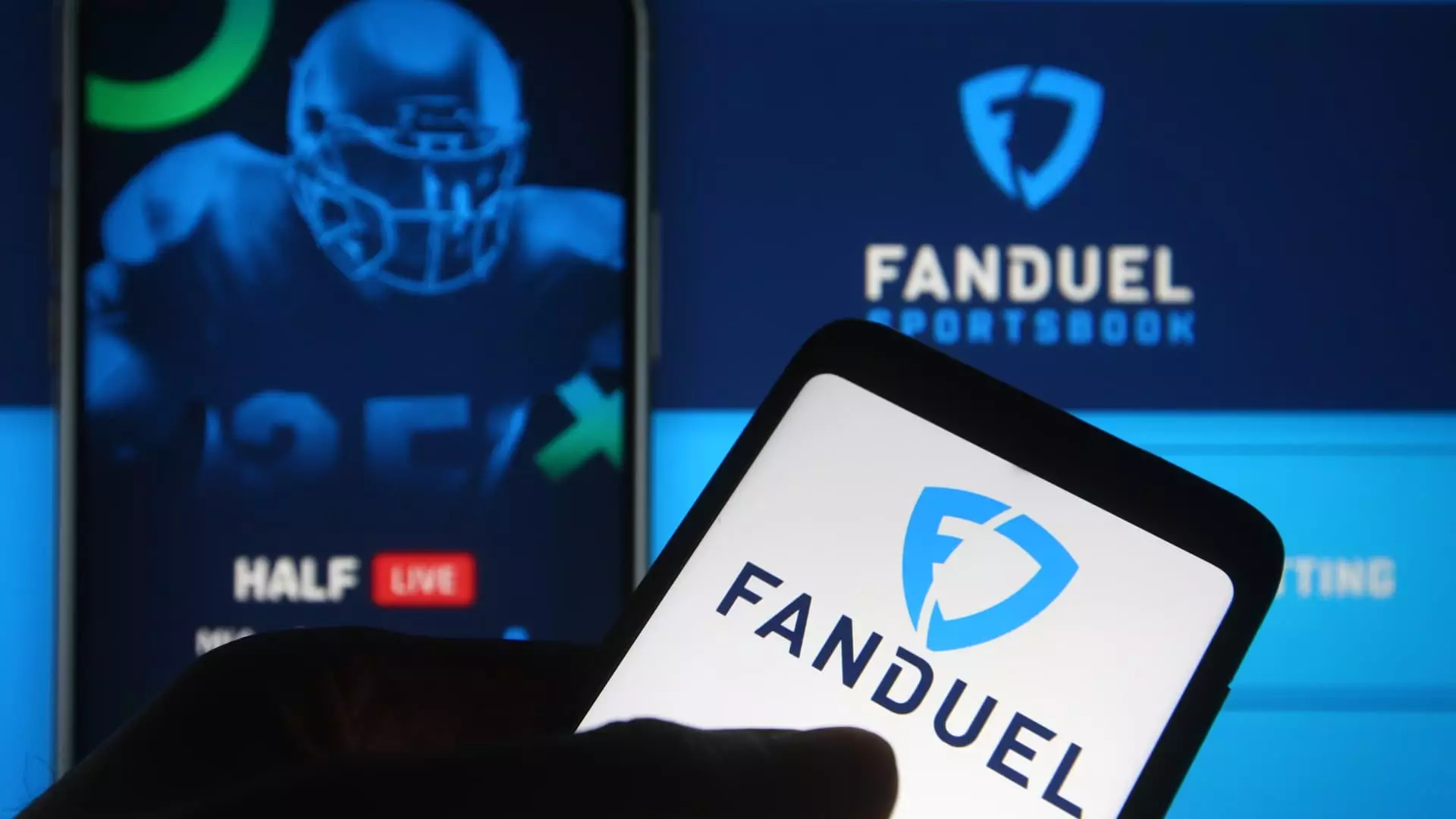The Evolution of Diamond Sports: A Strategic Shift in Regional Sports Broadcasting

As the world of sports broadcasting continues to evolve, the recent developments at Diamond Sports highlight significant changes that reflect broader trends in the industry. With the announcement of a new naming rights agreement with FanDuel, the landscape of regional sports networks (RSNs) is about to transform yet again. In this article, we’ll explore the implications of this move, the challenges Diamond Sports faces, and what the future may hold for regional sports programming.
The New Partnership: FanDuel Takes the Spotlight
Diamond Sports has taken a decisive step by securing a naming rights deal with FanDuel, a leading player in the sports betting market. This partnership comes at a crucial moment, as the National Hockey League (NHL) season has just commenced and the National Basketball Association (NBA) gears up for its 2024-2025 season. The transition from Bally Sports to a brand associated with a prominent betting company signals a daring shift in branding meant to rejuvenate the struggling regional sports networks.
This collaboration is not merely cosmetic; it represents a strategy to align Diamond Sports’ platforms with the burgeoning online gaming industry. As it stands, if Diamond successfully navigates its bankruptcy proceedings, which have been a topic of considerable complication, FanDuel may secure a long-term relationship, including equity options. This would not only enhance FanDuel’s visibility within the genre of sports broadcasting but also solidify Diamond Sports’ path toward financial recovery.
The road leading to this agreement has been turbulent. Following the acquisition of Fox Corp.’s assets by Disney, Diamond Sports was forced to sell its networks to Sinclair Broadcast Group in 2019. Initially operating under the Fox Sports brand, the networks later transitioned to Bally Sports—marking the beginning of a series of challenges for the organization. The dissolution of this earlier partnership with Bally’s Corp. was precipitated by a legal settlement and indicative of deeper problems within the company’s operational structure.
Diamond Sports has contended that Sinclair’s ownership contributed significantly to its operational difficulties. Despite these challenges, the company’s spirit of survival remains evident as it tries to stabilize its finances. With the NBA and NHL engaged in negotiations to solidify contracts, Diamond has now reached a juncture where it is seeking fresh alliances to regain its footing and perhaps flourish in a highly competitive marketplace.
Financial Struggles and Industry Exodus
The financial backdrop of Diamond Sports’ situation paints a dire picture. The company filed for bankruptcy protection last year, and its restructuring has been characterized by ongoing negotiations with major sports leagues including the MLB, NBA, and NHL. In court filings, Diamond has expressed hopes of emerging from bankruptcy by December, but the stark reality is that teams are increasingly exiting the RSNs to explore alternative broadcasting arrangements.
For instance, various Major League Baseball teams have left Diamond Sports networks, prompting the league to directly produce broadcasts of their games. Notably, only the Atlanta Braves are currently committed to the RSN for the 2025 season, as others, like the San Diego Padres and Arizona Diamondbacks, have opted for local broadcast alternatives. This trend raises questions about the future viability of Diamond Sports’ original model, which heavily relied on exclusive local team contracts.
Moreover, the shift towards direct-to-consumer streaming illustrates an essential pivot in how audiences consume sports content. The Dallas Stars and Anaheim Ducks from the NHL have embraced innovative partnerships that dictate a new trajectory for how teams engage with their fan bases.
As Diamond Sports prepares for its eventual rebranding and reorganization, the question remains whether this new partnership with FanDuel will be sufficient to stabilize the company. The synergy between sports broadcasting and online gaming may provide a lifeline, suggesting a future where traditional broadcasting models adapt to new revenue models that capitalize on real-time interaction and engagement.
As the sports landscape becomes increasingly intertwined with digital innovations, entities like Diamond Sports need to be agile and open to continual reinvention. The potential for collaboration with a market leader like FanDuel could indeed serve as a template for future strategizing, as the boundaries between sports, entertainment, and digital interaction blur.
Ultimately, Diamond Sports’ journey reflects larger trends that are redefining sports broadcasting. With technology and consumer preferences shifting rapidly, the ability of regional sports networks to adapt will determine not just their survival, but their capacity to thrive in an ever-evolving global sports economy.





